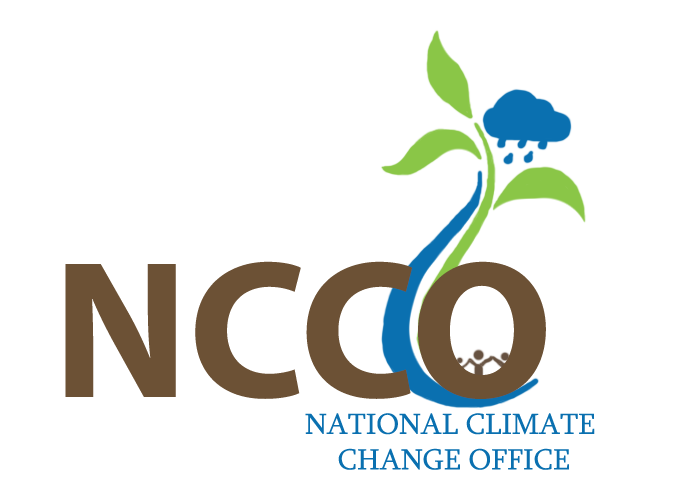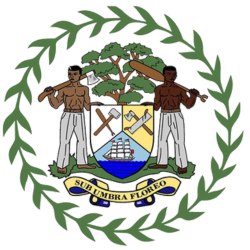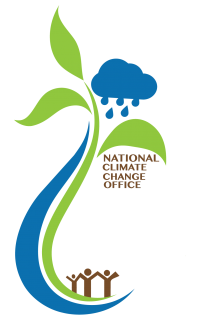REDD+
REDD+ is an abbreviation that stands for:
R – Reduing
E – Emissions from
D – Deforstation and forest
D – Degration
+ – Plus conservation of forest carbon stocks, sustainable management of forests, and enhancement of forest carbon stocks.

The Intergovernmental Panel on Climate Change (IPCC) estimates that deforestation and forest degradation are responsible for about 12% of all global greenhouse gas emissions and are, therefore, a major contributor to climate change.
REDD+ is an effort to reduce carbon emissions and increase carbon stock in the forestry sector. It is a forest-based climate change mitigation framework which provides potential economic benefit for developing countries. The five activities for REDD+ are: 1.) Reducing Deforestation, 2.) Reducing forest Degradation, 3.) Forest Conservation, 4.) Sustainable Forest Management and 5.) Carbon Stock Enhancement (the acronym REDD+).
The UNFCCC (United Nations Framework Convention on Climate Change) Conference of the Parties (COP16), Cancun 2010 decision encourages developing countries to contribute to reducing Greenhouse gas (GHG) emissions in the forest sector by undertaking REDD+ activities.
REDD+ In Belize
REDD+ requires years of Planning (Readiness), Implementation of Strategic Actions anMonitoring, Reporting and Verification (MRV) of Actions.
Phase 1: Readiness
The REDD+ Readiness phase is a 3-year strategic planning phase from 2017 – 2020. This phase is where national experts will gather necessary data, identify safeguards, policies, programs and formulate a REDD+ strategy. This phase will also include consultations with many stakeholders to plan efficiently for the way forward with REDD+.
Phase 2: Implementation
The REDD+ Implementation phase is where policies and strategic actions for REDD+ will be implemented. This phase will include multiple stakeholders to be involved in the implementation of the REDD+ plan for Belize.
Phase 3: MRV for Results-Base Payments
The REDD+ MRV phase is where actions should be fully measured, reported and verified. In this phase, our national targets for REDD+ should be met and results-based payment discussions and negotiations can be initiated.
The REDD+ Components
There are 5 components of REDD+ in Belize:
- 1. REDD+ Organizational Framework, Consultations and Grievance Redress.
- 2. Preparation of the REDD+ Strategy and the Strategic Environmental and Social Assessment.
- 3. Development of a National Forest Reference Emission Level.
- 4. Design of a National Forest Monitoring and Safeguards Systems.
- 5. Design of Monitoring and Evaluation Framework.
REDD+ Benefits
Protect Forest Goods & Services
Through REDD+, Belize can build its capacity to safeguard our forest ecosystem goods (eg. Medicine, food, firewood, timber, etc.) and services (eg. Clean water, protection of soil, flood prevention, job, etc.) from the effects of Climate Change.
Build Resilient Communities
When large areas of forest are destroyed, our local species and communities are most at risk and poses a threat to people and their livelihoods, (eg. Loss of homes, food, jobs and limited resources). REDD+ is a critical response to climate change, helping Belize to choose better and sustainable climate actions to protect our forests, people and their livelihoods.
Reduce Carbon Emissions
Forest loss emit more carbon and adds more greenhouse gases into the atmosphere, increasing global warming. REDD+ is a Climate action that addresses the drivers of deforestation and forest degradation.
Absorb Carbon Emissions
Forests can store up to 40% of the world’s carbon. As such, the more forests we have, the more carbon they can absorb.
Carbon Payments
REDD+ mechanism within the UNFCCC rewards or compensate tropical countries that reduce their emissions or absorb carbon by keeping or restoring forests. These payments can be decided based in several factors, primarily dependent on valid data reflecting carbon tonnes per hectares.


